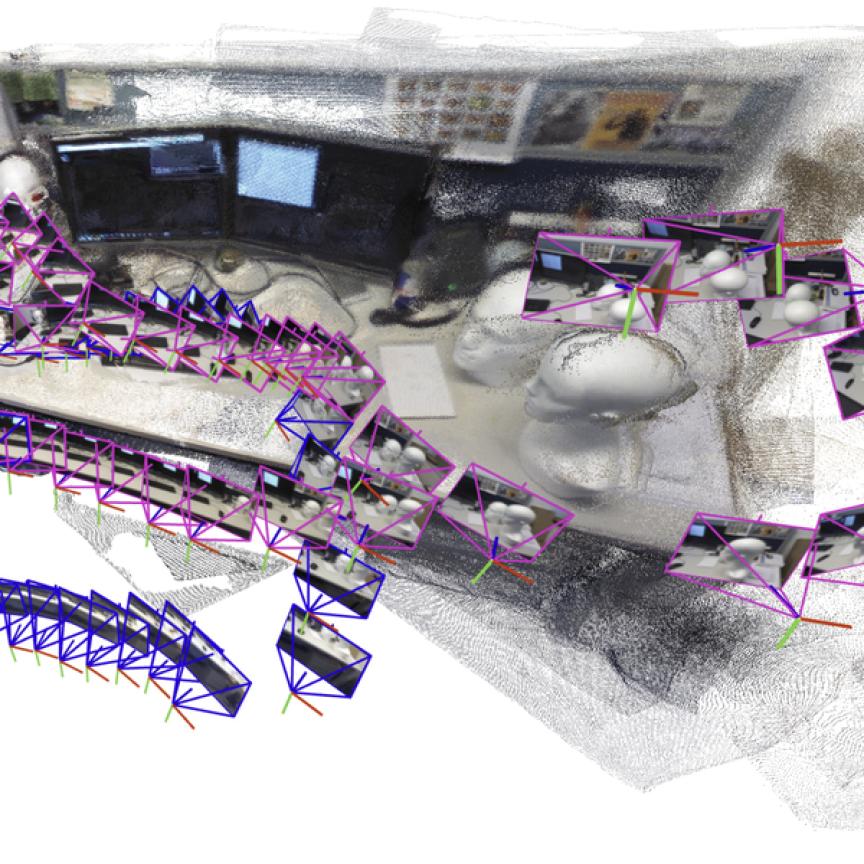Photoneo introduces a new technology that fundamentally reshapes the potential of 3D vision. Area reconstruction of 3D scenes in motion gets a new meaning - and you no longer need to compromise between quality and speed.
The 3D reconstruction of scenes in motion has posed a great challenge to the developers of 3D vision systems as none of the existing 3D sensing technologies has been fully able to overcome their own limitations. Opting for one method or another, the customer has always been left with a compromise between quality and the speed of the device. The game changes now.
Photoneo invented a new technology named Parallel Structured Light, which fundamentally shifts the limits of 3D vision and fills the gap among the existing 3D sensing methods.
The technology uses structured light in combination with a proprietary mosaic shutter CMOS image sensor to capture objects in motion at high quality. The sensor consists of super-pixel blocks that are further divided into subpixels. The laser coming from a structured light projector is on the entire time, while the individual pixels are repeatedly turned on and off. This is the core secret behind the technology.
“The big limitation of the structured light method is that the projector-encoded patterns are captured by the camera sequentially and because the image acquisition of a 3D surface requires multiple frames, it cannot be used for dynamic objects or while the sensor is in motion as the output would be distorted,” says Tomas Kovacovsky, co-founder and CTO of Photoneo.
The patented Parallel Structured Light technology enables the capture of a dynamic scene without motion blur by reconstructing its 3D image from one single shot of the sensor. This means that it “paralyzes” the scene to acquire multiple images of structured light in one frame and get a high-quality area snapshot of the moving object.
Photoneo implemented this technology into MotionCam-3D - the highest-resolution and highest-accuracy area scan 3D camera that is able to capture objects in motion.
What unique features does the camera bring to the table?
Area scanning of objects moving 144 km/h, effective resistance to vibrations, resolution of up to 2 Mpx, high level of detail on edges, industrial-grade quality ensured by thermal calibration, PoE & 24 V, and IP65, easy setup, saving of PC resources, and an unrivaled scanning range.
The engineering sample has already been recognized in a number of prestigious international competitions, among others Vision Award (gold) and Vision Systems Design Innovators Awards (platinum).
Gabriele Jansen, one of the most renowned experts in the vision industry segment, said that the camera “closed the gap“ among the existing 3D technologies, enabling something “we have painfully missed so far - the high accuracy snap-shot area scan of large work areas in motion.“
MotionCam-3D has now been officially released and is available to you to help you reach new heights of automation solutions.

